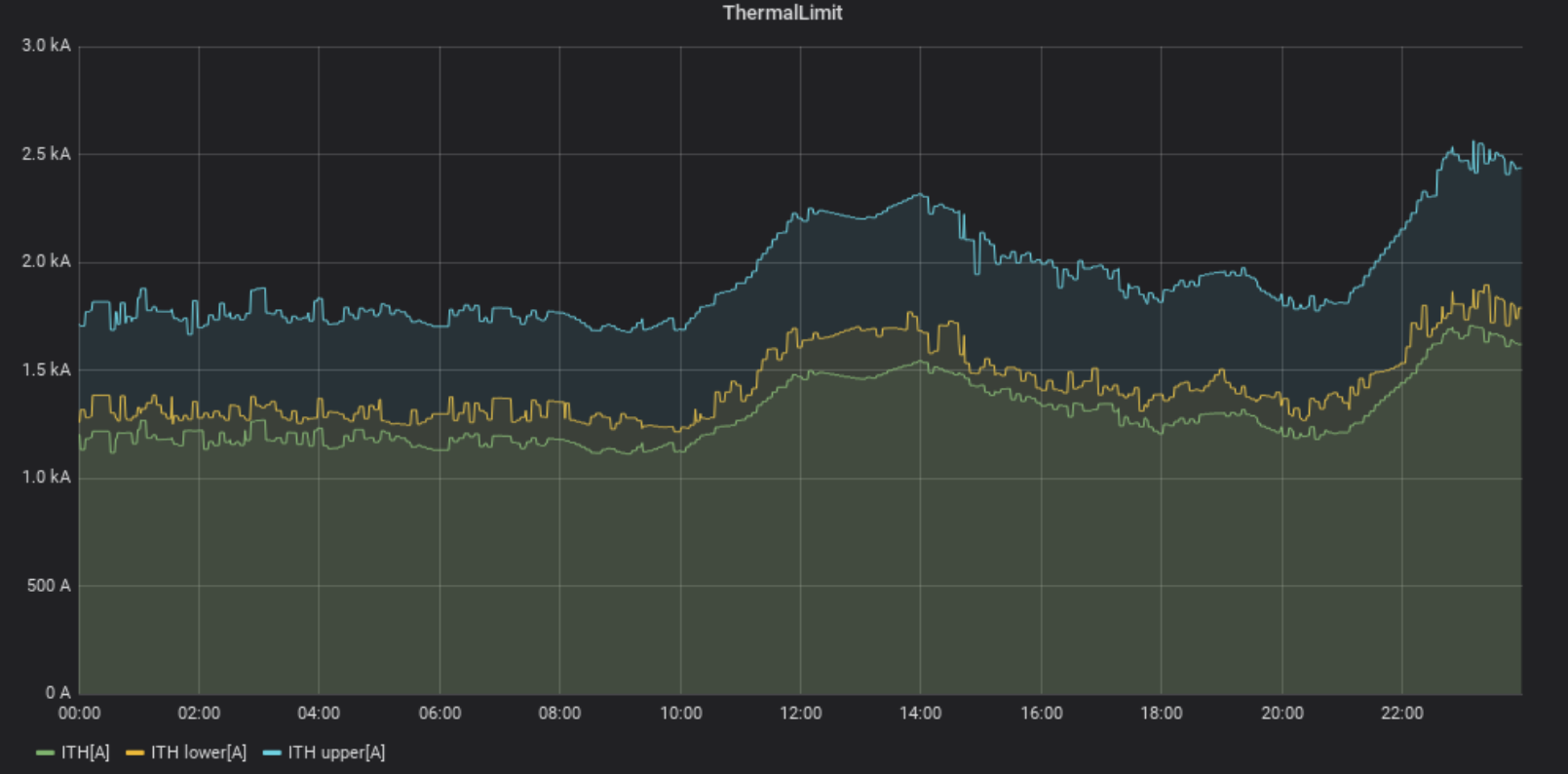Uncertainty module for DTR
High-voltage transmission lines represent an important segment of the electric power transmission network. They not only connect the production and consumption network in Slovenia, but also connect the Slovenian transmission system with neighboring ones. In the last years, we witness an extremely rapid development of the electricity market and services, mainly due to the inclusion of renewable electricity resources in the network. System operators in recent years have faced challenges in how to ensure maximum transmission capacity of the system to satisfy market needs, while maintaining operational safety and permissible impact on the environment. A great help in the decision-making process was introduced with the Dynamic Thermal Rating (DTR) – an instrument to monitor the temperatures of

We analyze the dependence of the forecast error from the age of the forecast and have concluded to divide the forecast into three types according to age, namely current weather assessment, short-term forecast and medium-term forecast, where there is no significant difference in quality between short-term and medium-term forecast. With the help of conductor surface temperature measurements, weather data measurements and predicted weather data, we estimate the error of the DTR process itself. The results reveal that most of the error is due to the error in the weather forecast. In the analyzes, we observed that the influence of the ambient temperature and the solar irradiation on the thermal current distribution is negligible, while the influence of wind speed and direction is not. We also investigate the influence of different types and emissivity of transmission lines and have concluded that it is not negligible either. Based on the results of data analysis, we built a conceptual solution for estimating the uncertainty of thermal flow based on Monte Carlo random simulations. Using the Monte Carlo method, we randomly sample the error of the input weather conditions, and use the DTR model to calculate the thermal current distribution.

In accordance with the findings, in the space of weather and material variables (two weather parameters and two material properties that influence the probability distribution of the thermal current significantly), we calculate only a finite number of distributions of thermal current for a finite number of input combinations and use rectilinear homotopy for intermediate values. The developed conceptual solution was implemented as a stand-alone module and also integrated into the operational environment of the operator of the Slovenian electric power transmission network – ELES.

P-Lab team
Funding





